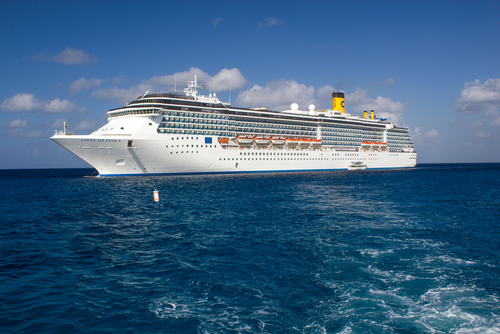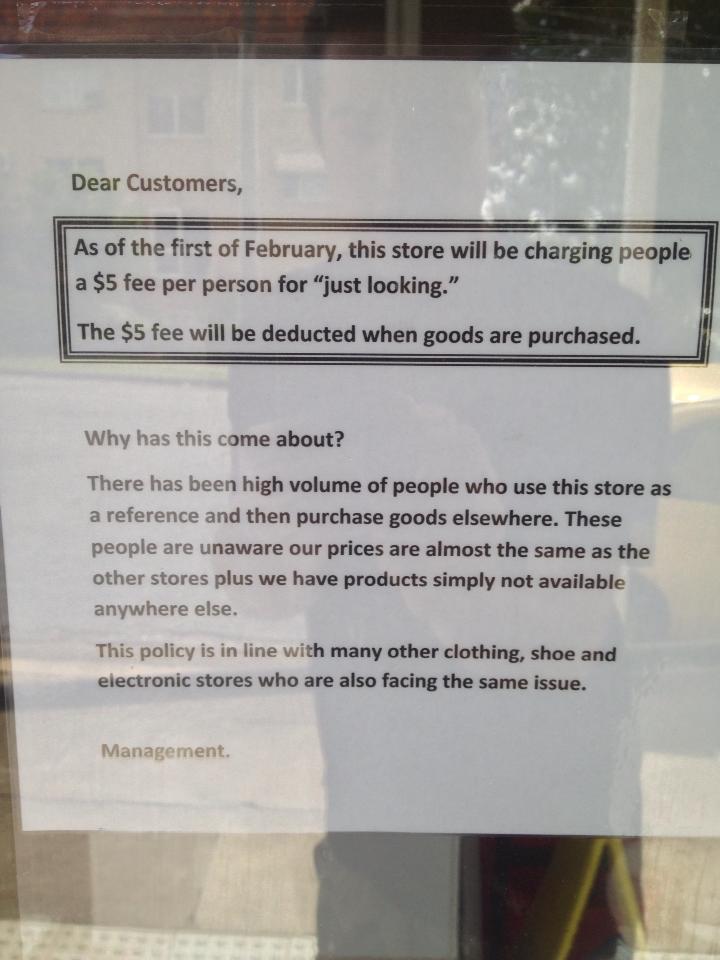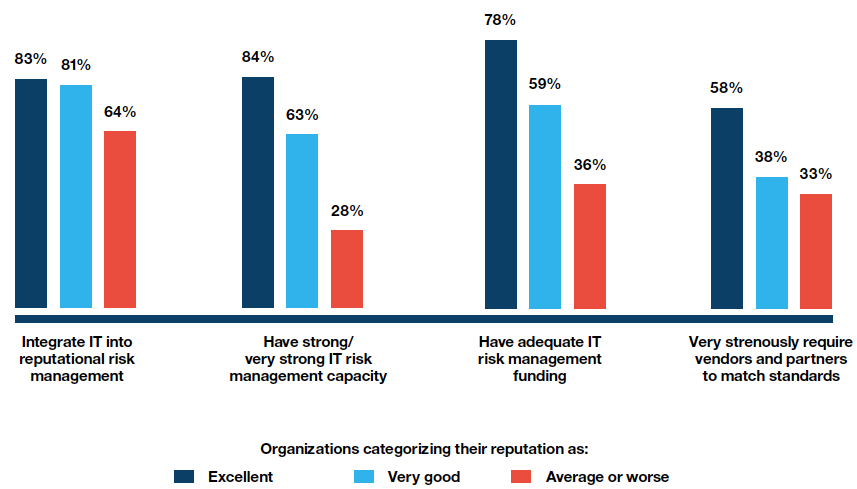
At first glance, it appears that Carnival Cruise lines was well prepared when one of their ships, the Triumph, had an engine fire and subsequently lost power last week.
The list of actions Carnival took in response to the problem is long and robust, indicating that the cruise line had planned for handling disabled ships in advance and was prepared to take action. The fire in the engine room was quickly extinguished by the ship’s fire suppression system. When power was subsequently lost, crews were able to shift auxiliary power to the most critical systems. Carnival contacted the Coast Guard, who quickly arrived on scene to organize shipments of supplies. Upon notification, the leadership team and Carnival Care team immediately mobilized. The CEO offered a public apology and promised refunds, $500 cash, free flights home and credits for future cruises. After determining Mobile, Alabama, was the best port to tow the beleaguered ship, Carnival booked more than 1,500 hotel rooms, 20 chartered flights and 100 motor coaches to house passengers and get them home.
The cruise was ruined, but passengers were safe and the ship was stable.
The media, however, tells a different story. Virtually every mainstream media outlet in the U.S. has continuously reported on the story. Though they generally noted the positive steps taken by the cruise ship, they overwhelmingly focused on the negative. Headlines described the ship as “befouled,” a “nightmare,” “horrible,” and even “hellish.” Rather than highlight the steps Carnival took to mitigate the disaster, the media focused on the difficulties the passengers faced, including raw sewage in hallways and walls, muggy conditions, lack of ventilation to clear out the smells and inadequate food supplies.
As the crisis wore on, stories emerged detailing the cruise line’s history of incidents, fostering the perception of Carnival ships being unsafe. Doctors got on the air to talk about the extended health risks associated with exposure to sewage and lack of proper ventilation. This led to coverage about the general unsanitary nature of all cruise ships. Within a few days, Carnival’s sound response to the incident was overshadowed by negativity. This will likely harm Carnival’s reputation and sales.
So, what went wrong and what can we learn? There are three points that Carnival may have overlooked in their crisis response.
1. Carnival may not have adequately understood their risk environment.
A key component to business resiliency is understanding operational risks to the business. You cannot implement resiliency strategies or prepare plans if you do not know what you are protecting yourself against. Carnival had a good sense of the safety risk to passengers and their ships, as well as a clear understanding of how incidents could impact reputation and revenue. This was made clear by the installation of a fire suppression system and clear plans identifying the most critical systems in the event of a power failure. To mitigate reputation and revenue risk, they were prepared to offer refunds, credits and cash to their customers. However, they did not consider the impact and risk that the media could have on their reputation, and did not develop a plan to mitigate it. This is particularly surprising because they point to marketing as the core strategy behind their massive growth over the past two decades (revenues have risen from $600 million in 1988 to approximately $16 billion in 2011). That being the case, Carnival should have understood the risk to revenue posed by media and developed robust resiliency plans to counter it.
Risk assessments are a core strategy for determining risk to operations, however, they are not perfect. Risk assessments can often produce misleading results because the core tool for performing a risk assessment, the risk matrix, is a subjective, qualitative exercise subject to personal interpretation and anecdotal evidence. It is subject to individuals’ unique perceptions of risk, which are highly influenced by certain “dread factors,” as described in Amanda Ripley’s The Unthinkable. Research shows these dread factors can drastically alter one’s perception of risk.
One dread factor is media exposure.
This means that many organizations, including Carnival, may not have a realistic view of the risks they face. Given this, one way to ensure that an organization understands their true risk environment is to introduce risk managers to this concept. Understanding the pitfalls of risk determination, before conducting a risk assessment, can inform those responsible for determining and managing operational risk.
2. Carnival may have overlooked planning and decision making during a crisis.
This usually takes two forms, and Carnival could have been guilty of both. The first, common with crisis management planning, is when plans are developed before the event occurs, rather than at time of event. Crises, by their very nature, are complex non-linear events. It is impossible to predict how and when they will occur and how they will progress; they can play out in an infinite number of ways. This means that you cannot possibly plan for every eventuality. So while you may have a plan in place, the next crisis will be unlike anything you have ever written a plan for.
Thus, what typically happens in this scenario is that when plans are confronted with an actual event, they fail because they did not, could not, account for every eventuality and context. This is akin to trying to force the crisis to fit your plan, rather than building your plan around the crisis. It does not work. Carnival may have planned for an engine fire, power outage and disabled ship, but they perhaps did not account for the sewage, ventilation and food issues they experienced; the availability of the media to grab hold of the story in an otherwise slow news week; and how passengers would communicate the ship’s conditions in dramatic fashion with people on shore.
The other common form of crisis management planning is to avoid formal planning and instead create a crisis management team with pre-defined roles that relies on members’ decision-making skills to ferry them through a crisis. The results can vary, but none are terribly efficient or effective. This form of crisis management often results in either a culture of personality, in which the leader simply makes all the decisions. Or, as is typical with action-oriented people, the team tries to immediately determine next actions without pausing to clearly understand the problem, figure out their objectives and formulate a response strategy.
A combination of these two approaches is also common, but the results are the same: the crisis management team makes decisions that do not accurately reflect the specific context of the event, leading them to miss key impacts and enact action items producing less than optimal outcomes. It is unclear which methodology Carnival adopts for crisis management, however, this particular crisis indicates their current approach has some gaps.
To better respond to the crisis, Carnival could have used a structured decision-making framework called Command & Control (C2). C2 is a decision-making framework that was originally developed to help commanders make decisions in the complex, high-stress and non-linear environments common to military operations. C2 has since been adapted for the private sector to address the challenges facing organizations in a crisis. The C2 approach centers on understanding the context of a situation—what happened, how to respond and how the crisis management team can avoid missing steps.
C2 is composed of four phases. First, crisis management teams must understand the situation; what is the nature of the crisis and the specific relevance or impact to the organization. Once understanding is achieved, which relies on collecting and analyzing the appropriate information, the team can visualize their objectives given the specific context of the situation. After they have determined their objectives, they can describe how they will achieve them. Only then can they confidently begin to direct subordinates in actions and tasks. Throughout the process they continually reassess the situation as it progresses and adjust their strategy as necessary. Thus, through understanding, visualizing, describing and directing, a crisis management team can employ a strategy that accurately reflects the specifics of the crisis.
3. The failure to develop an appropriate communications plan.
Passengers claimed it took several hours before they were informed about what was going on. This created fear amongst some passengers, who called their loved ones on shore to express their concerns. The media picked up on some of the more dramatic of these calls, notably from a 10-year-old girl who called her mother, begging her to come take her home because she was afraid she would die. Several similar cases were highlighted in the news, most from very young or aged passengers, whom society sees as the most vulnerable.
The lack of a strong communications plan meant that Carnival did not adequately communicate with passengers or the media. During the crisis they issued only a brief, rather generic apology. During a press conference held nearly three days after the Triumph became disabled, the Chairman made almost no mention of the difficult conditions on the boat and did not formulate and deliver a response meant to counter the negative media blitz. To make things worse, Carnival may have inadvertently communicated a cavalier attitude towards the plight of its customers. In one article published by the British tabloid The Daily Mail, Carnival Chairman Micky Arison was reported to have attended a basketball game in the midst of the crisis. The paper reported that “Arison smiled in the stands” while “there are anything but smiles among the 4,200 people aboard the Carnival Triumph.” Although Carnival CEO Gerry Cahill again apologized when the ship reached port on Thursday night, as one passenger put it, it was “too little too late.”
One of the benefits of using a structured decision making framework such as C2 is it helps ensure that steps are not missed in the crisis response strategy, such as developing a communications plan that takes into account the dynamic context of the situation. It also forces decision makers to pause and think about all the potential impacts of an incident before responding. Had Carnival taken the steps to understand the situation before acting or formulating a strategy, they might have noted that the incident would lead to conditions on the boat that carried a strong risk of negative media.
With that understanding, they could have then visualized an end result or objective that not only provided for passenger safety and security, but that also included a proactive media-centered communications plan designed to not only mitigate the risk of negative attention, but even call attention to the positive steps taken to ensure the safety of the passengers and ship, and the extra training staff received to make passengers as comfortable as possible.
Strategies they might have employed to achieve the visualized end state could have included a more immediate and conciliatory statement from executive leadership, the use of a crisis PR firm, an aggressive social media presence, and the development of a communications framework. Having a sound strategy covering all potential risks and impacts would have allowed Carnival to build the appropriate team. In addition to the customer care team, they might have also used their marketing and PR departments, social media experts and other media experts to execute their strategy.
By continually monitoring the evolving affects of the event and assessing the ongoing successes or failures of their response strategy and actions, Carnival would have been well positioned to adjust their strategy to meet their evolving situation.
 As traditional brick-and-mortar retailers continue devise ways to combat “showrooming” (the practice where customers browse store shelves to check out items that they ultimately intend to buy online), it seems that one retailer has come up with a new plan — charge customers for “just looking.”
As traditional brick-and-mortar retailers continue devise ways to combat “showrooming” (the practice where customers browse store shelves to check out items that they ultimately intend to buy online), it seems that one retailer has come up with a new plan — charge customers for “just looking.”


